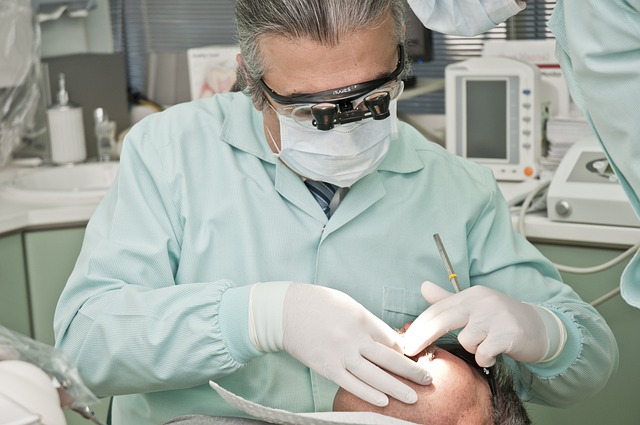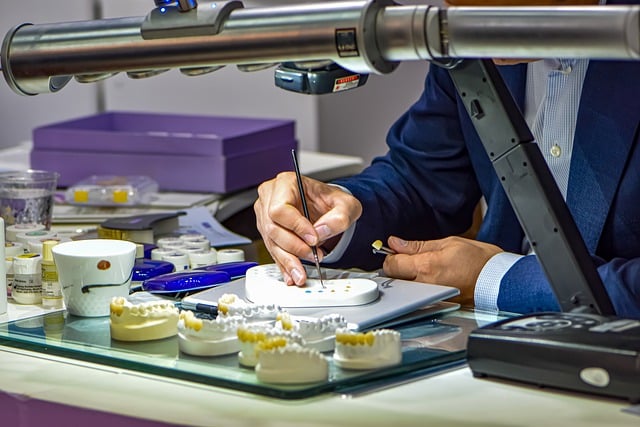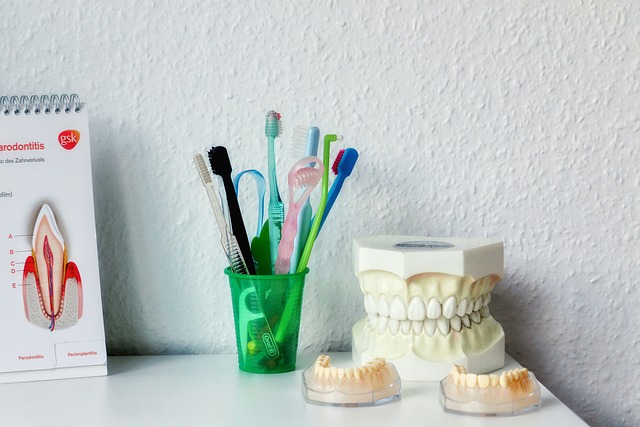- Understanding Sleep Apnea: Assessments and Their Significance
- Treatment Options for Sleep Apnea: Solutions and Considerations
Understanding Sleep Apnea: Assessments and Their Significance

Sleep apnea is a common yet often undiagnosed sleep disorder that affects millions worldwide. It occurs when your breathing is interrupted during sleep, leading to pauses in respiration that can last for several seconds. These episodes, known as apneas, can occur multiple times each night, disrupting your sleep cycle and leaving you feeling tired and unrefreshed the next day. Understanding the severity of this condition is crucial, as it’s more than just a mere inconvenience—it poses significant health risks, including an increased chance of cardiovascular diseases, high blood pressure, and cognitive impairment.
Assessments play a pivotal role in identifying sleep apnea. The process typically involves a detailed medical history review, physical examination, and specialized tests like polysomnography (a full-night study in a sleep lab) or home sleep testing. These assessments are vital because they not only confirm the presence of the disorder but also help determine its type and severity. Given that symptoms can vary widely from person to person, accurate assessment is key to tailoring effective treatment plans, which may include lifestyle changes, oral appliances, continuous positive airway pressure (CPAP) machines, or, in some cases, surgical interventions. Even something as seemingly unrelated as a dental veneer cost Brighton and Hove might indirectly impact overall health and sleep quality for those with undiagnosed apnea.
Treatment Options for Sleep Apnea: Solutions and Considerations

Sleep apnea is a serious sleep disorder that can have significant health implications if left untreated. Fortunately, there are several treatment options available to manage and alleviate its symptoms. One common approach involves wearing a continuous positive airway pressure (CPAP) mask during sleep, which helps maintain an open airway and prevents interruptions. This method is highly effective but may take some time for individuals to adjust.
Alternative treatments include dental devices, such as mandibular advancement splints (MAS), which gently reposition the lower jaw forward to keep the airway open. These devices are a more comfortable option for many and can be customized to individual needs. Additionally, surgical interventions like nasal surgery or jaw surgery may be considered in severe cases. It’s important to note that the choice of treatment depends on the severity of the condition and personal preferences. Consulting with a healthcare professional is crucial to determine the best course of action, and even options like dental veneer cost Brighton and Hove can play a role in managing sleep apnea symptoms for some individuals.
